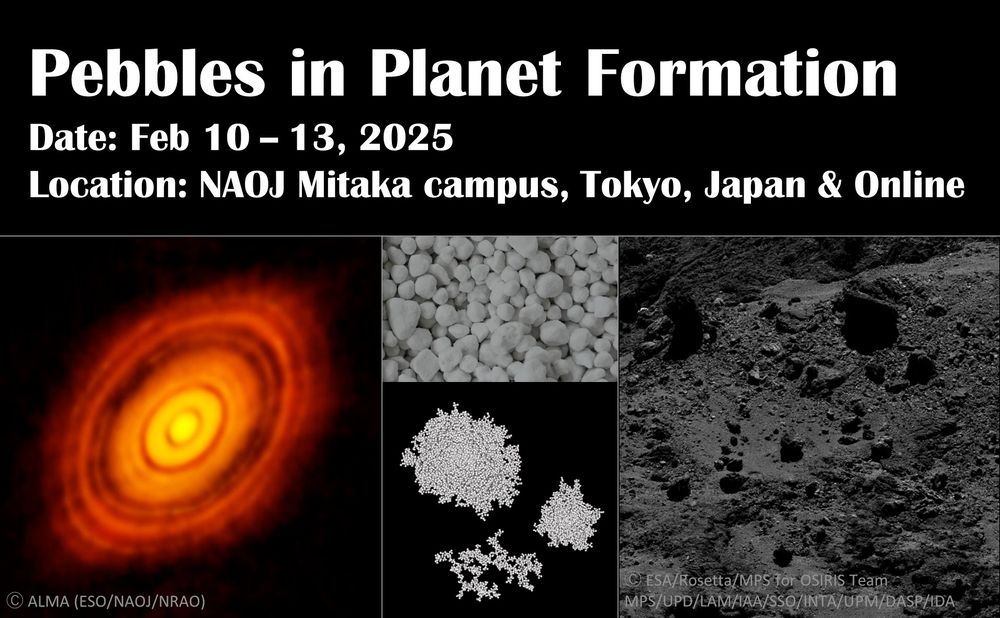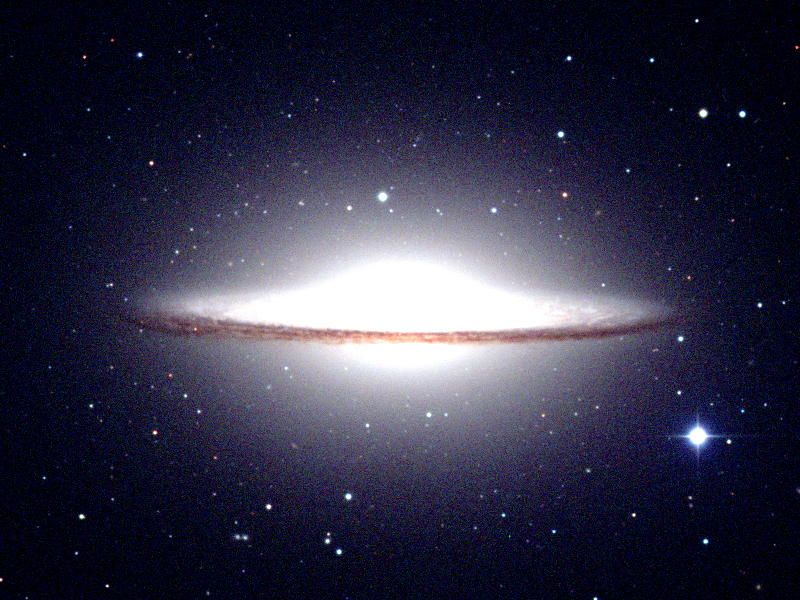
https://rdalexander.github.io


arxiv.org/abs/2509.24818

arxiv.org/abs/2509.24818




Didn't even ask ChatGPT! Still lots to figure out, but I guess old dogs can sometimes teach themselves a new trick or two. 😂

Didn't even ask ChatGPT! Still lots to figure out, but I guess old dogs can sometimes teach themselves a new trick or two. 😂
[The old submission deadline was 4pm Eastern time; it changed to 2pm a few years ago.]
arxiv.org/abs/0907.4740

[The old submission deadline was 4pm Eastern time; it changed to 2pm a few years ago.]
arxiv.org/abs/0907.4740
The simulations also make a clear prediction - the binary orbit resulting from this process should be quite eccentric. Future observations should measure it... 🔭

The simulations also make a clear prediction - the binary orbit resulting from this process should be quite eccentric. Future observations should measure it... 🔭
Bec ran a suite of simulations to explore this process in detail. tl;dr: ejecting a ~0.35Msun star gives more or less the right configuration.🔭

Bec ran a suite of simulations to explore this process in detail. tl;dr: ejecting a ~0.35Msun star gives more or less the right configuration.🔭

[my first undergrad research project / new paper out today ]


[my first undergrad research project / new paper out today ]
[Simin's talk is on Thursday morning; for those attending online, it's overnight Wed/Thu in Europe, or Wed evening in the US.] 🔭
indico2.riken.jp/event/5012/

[Simin's talk is on Thursday morning; for those attending online, it's overnight Wed/Thu in Europe, or Wed evening in the US.] 🔭
indico2.riken.jp/event/5012/
(Figure from Miley+ 2024; the blue line is the Sz66 disc.)

(Figure from Miley+ 2024; the blue line is the Sz66 disc.)

Dust grains in discs are fairly fragile. In the "dead zone" turbulence is suppressed, so dust collisions are gentle and lead to growth; but beyond the dead zone, stronger turbulence tends to shatter the grains. 🔭

Dust grains in discs are fairly fragile. In the "dead zone" turbulence is suppressed, so dust collisions are gentle and lead to growth; but beyond the dead zone, stronger turbulence tends to shatter the grains. 🔭


First picture - Musee d’Orsay, in March.
Second picture - Courtauld Gallery, in December.
Third picture is my office - I’ve had that print for nearly 15 years.
Apparently not only do I have a favourite painting, I’m actually stalking it. 🤣



First picture - Musee d’Orsay, in March.
Second picture - Courtauld Gallery, in December.
Third picture is my office - I’ve had that print for nearly 15 years.
Apparently not only do I have a favourite painting, I’m actually stalking it. 🤣

[Our actual targets were clouded out, so we spent a few mins before closing taking images of fun things in the clear part of the sky. 😀]

[Our actual targets were clouded out, so we spent a few mins before closing taking images of fun things in the clear part of the sky. 😀]







